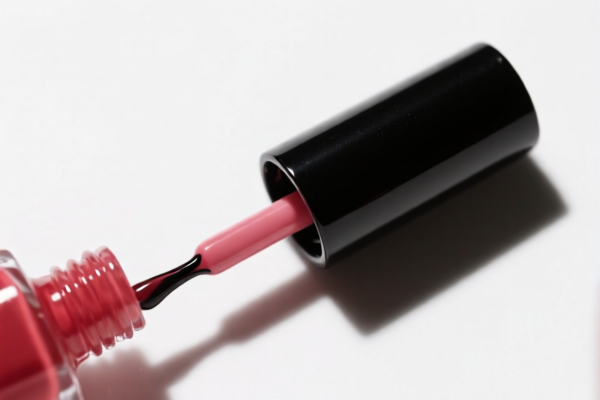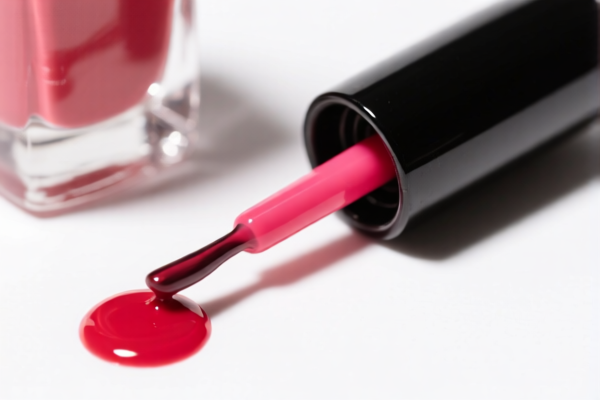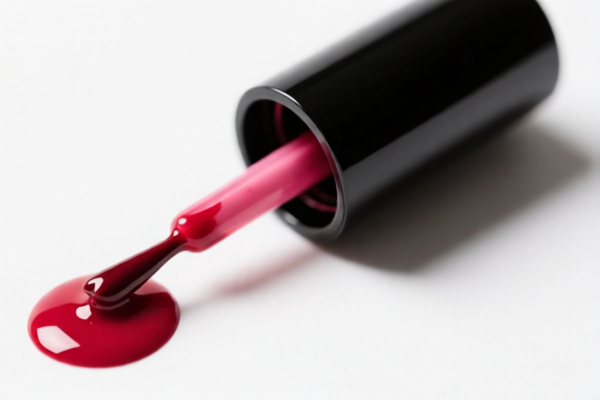| HS Code | Official Doc | Tariff Rate | Origin | Destination | Effective Date |
|---|---|---|---|---|---|
| 8205517500 | Doc | 58.7% | CN | US | 2025-05-12 |
| 8205595560 | Doc | 60.3% | CN | US | 2025-05-12 |
| 8207303020 | Doc | 60.7% | CN | US | 2025-05-12 |
| 8207903085 | Doc | 60.0% | CN | US | 2025-05-12 |
| 6914104000 | Doc | 55.0% | CN | US | 2025-05-12 |
| 6914904100 | Doc | 55.0% | CN | US | 2025-05-12 |
| 6909112000 | Doc | 55.0% | CN | US | 2025-05-12 |
| 6909120000 | Doc | 59.0% | CN | US | 2025-05-12 |




Polishing Needle
A polishing needle is a fine, pointed instrument used for localized polishing and refining of materials, primarily in jewelry making, metalworking, and miniature painting. It is distinct from larger polishing tools like wheels and cloths due to its precision and ability to access intricate details.
Material:
- Steel: The most common material, offering durability and effectiveness. Often made from high-carbon steel for hardness.
- Tungsten Carbide: Provides exceptional hardness and wear resistance, suitable for very hard materials or extensive use.
- Diamond-coated: Used for polishing extremely hard substances, such as gemstones or ceramics.
Purpose:
- Refining: Removing small imperfections, scratches, or burrs after filing, casting, or forming.
- Detail Work: Polishing hard-to-reach areas, such as inside crevices or around delicate settings.
- Brightening: Restoring shine to metal surfaces.
- Texturing: Creating specific textures or patterns on metal.
Function:
Polishing needles function through abrasion. The pointed tip, often with a slightly abrasive surface, is used to manually rub against the material’s surface. This process removes tiny particles of the material, smoothing the surface and creating a polished finish. The effectiveness depends on the needle’s material, the pressure applied, and the speed of the rubbing motion. Lubricants or polishing compounds are frequently used to enhance the process and prevent overheating.
Usage Scenarios:
- Jewelry Making: Polishing prongs, bezels, and intricate details on rings, necklaces, and earrings.
- Metalworking: Refining cast metal parts, removing oxidation, and polishing small components.
- Sculpture: Polishing fine details on metal or stone sculptures.
- Miniature Painting: Smoothing imperfections on miniature figures or models, often used in conjunction with polishing compounds.
- Clock Repair: Polishing pivots and other small clock components.
Common Types:
- Tapered Needles: A gradually narrowing point, suitable for general polishing and accessing tight spaces.
- Birch Needles: Very fine, slender needles, ideal for delicate work and highly polished finishes. Often used in jewelry.
- Diamond Needles: Coated with diamond particles, used for polishing extremely hard materials.
- Flame Needles: Used in conjunction with polishing compounds to create a very high polish on silver and gold.
- Assorted Sets: Collections of needles with varying shapes and sizes to accommodate a range of polishing tasks.
Polishing needles are categorized under various HS codes depending on their material and specific application. Here's a breakdown of relevant classifications based on the provided information:
-
8205517500: This code covers “Other handtools (including glass cutters) and parts thereof: Household tools, and parts thereof: Other”. The base tariff is 3.7%, with a 25.0% additional tariff, increasing to 30% after April 2, 2025, resulting in a total tariff of 58.7%. This could apply if the polishing needle is considered a household tool.
-
8205595560: This code is for “Handtools (including glass cutters) not elsewhere specified or included; blow torches and similar self-contained torches; vises, clamps and the like, other than accessories for and parts of machine tools or water-jet cutting machines; anvils; portable forges; hand- or pedal-operated grinding wheels with frameworks; base metal parts thereof: Other handtools (including glass cutters) and parts thereof: Other: Of iron or steel Other (including parts)”. The tariff structure is 5.3% base tariff, 25.0% additional tariff, increasing to 30% after April 2, 2025, for a total of 60.3%. This is applicable if the polishing needle is a hand tool made of iron or steel and not specifically categorized elsewhere.
-
6909112000: This code covers “Ceramic wares for laboratory, chemical or other technical uses; ceramic troughs, tubs and similar receptacles of a kind used in agriculture; ceramic pots, jars and similar articles of a kind used for the conveyance or packing of goods: Ceramic wares for laboratory, chemical or other technical uses: Of porcelain or china: Machinery parts”. The tariff is 0.0% base, 25.0% additional, increasing to 30% after April 2, 2025, totaling 55.0%. This applies if the polishing needle is made of porcelain or china and used as a machinery part in a laboratory or technical setting.
-
6909120000: This code is for “Ceramic wares for laboratory, chemical or other technical uses; ceramic troughs, tubs and similar receptacles of a kind used in agriculture; ceramic pots, jars and similar articles of a kind used for the conveyance or packing of goods: Ceramic wares for laboratory, chemical or other technical uses: Articles having a hardness equivalent to 9 or more on the Mohs scale”. The tariff structure is 4.0% base, 25.0% additional, increasing to 30% after April 2, 2025, for a total of 59.0%. This applies if the polishing needle is a ceramic ware used in laboratory, chemical or technical applications and has a hardness of 9 or more on the Mohs scale.
According to the provided reference material, the HS code options related to 'polishing needle' are limited, with only the following 4 found.
Please note that the final HS code classification depends on the material composition, intended use, and specific characteristics of the polishing needle. It is recommended to consult with a customs professional for accurate classification.
Customer Reviews
I’m impressed by how detailed this page is. The tariff rate and HS Code info made exporting my plastic doors much smoother.
The information on the HS Code 3925 is accurate, and the trade details were useful for my export planning. Just wish there were more visuals.
This page saved me hours of research. The HS Code for plastic doors and the associated tariffs were explained in an easy-to-understand way.
The breakdown of the 5% tariff rate was helpful, but I had to cross-check it with another source to be sure.
I was looking for details on exporting plastic doors and found exactly what I needed. The HS Code explanation was spot on.